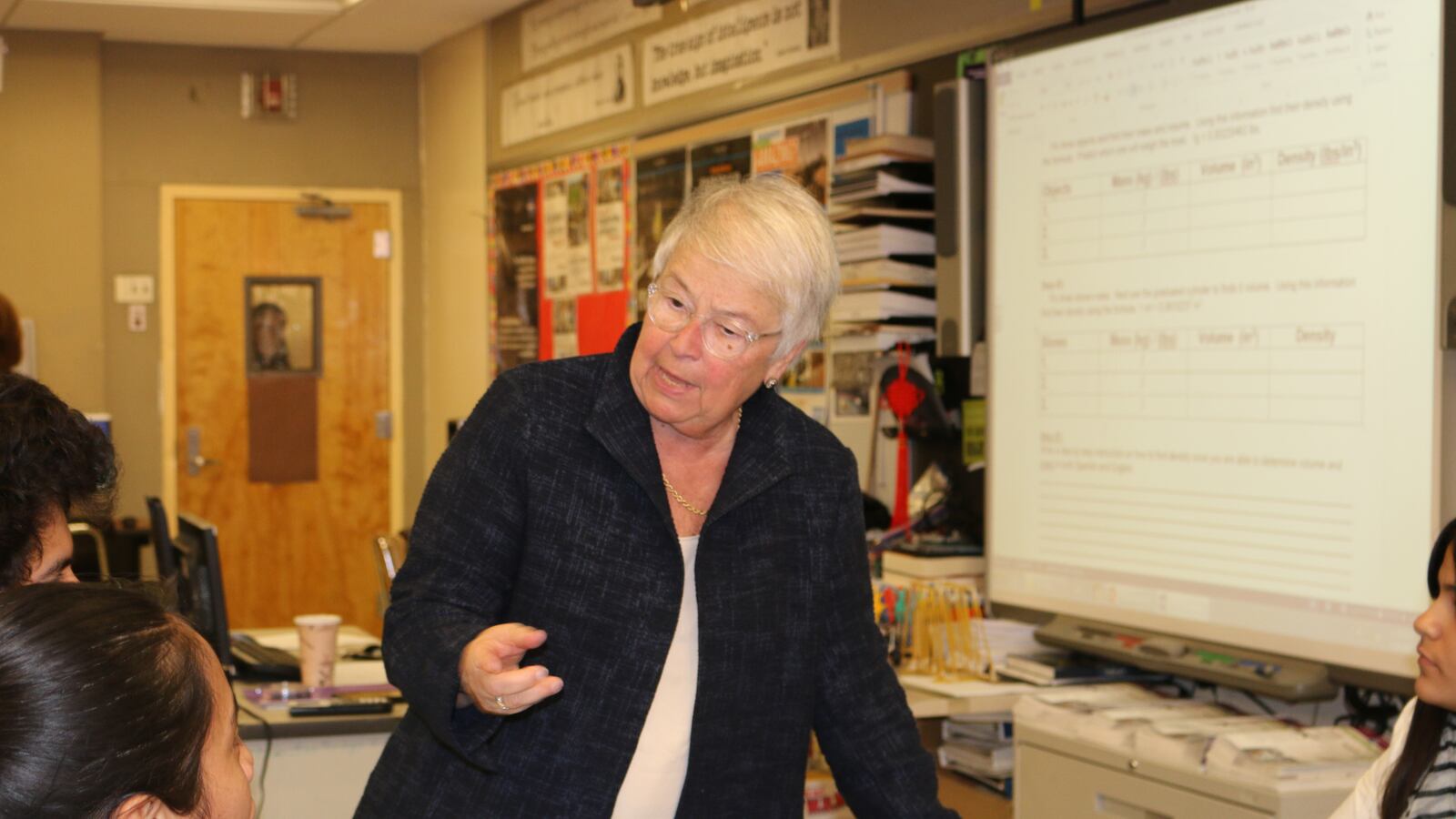New York City will add a slate of bilingual programs, officials announced Tuesday, in an effort to support English learners and nurture immigrant families in the city’s public schools.
The new programs are a combination of 39 dual-language programs, which provide classroom instruction in both English and another language, and 29 transitional bilingual education programs, which gradually switch instruction from a student’s native language to English.
Several languages are represented in the expansion, including Chinese, Russian, Arabic, French, Bengali, Spanish and, for the first time, Urdu.
Expanding dual-language classes extends a model popular with parents, Fariña said. Last April, the city announced they would open 38 transitional bilingual and dual-language programs. It is also a chance to send a clear message that New York City celebrates all immigrant cultures, she said.
“This program works,” Fariña said. “It works for all our kids.”
The city is also working to beef up support for English Language Learners. After being placed on a “corrective action plan” by the state in 2011, New York City agreed to launch 125 bilingual programs by 2013, though it fell short of the goal by that deadline. The city later pledged to enroll every English learner in a bilingual program by 2018.
More than 12 percent of the city’s 1.1 million students are still learning English, according to education department data. Those students are far less likely to graduate than their peers. Only 27 percent of English learners graduated in June, according to recently released data, compared to about 70 percent of all city students.
That rate dropped by almost 10 percentage points this year, sparking an outcry from advocates about both the decline itself and a statement the chancellor made explaining the decrease. (The city argues that combining current and former English Language Learners, 57 more students graduated this year.)
At the press conference Tuesday, Fariña said that the transitional bilingual programs in particular will help English learners graduate. The new batch of programs includes 14 total bilingual programs in high schools.
“Many of our students who come in from other countries come in really knowing the content area. They just can’t read the science and the social studies in English,” Fariña said. “Giving them the content area in their native language is going to mean more likely that they will succeed.”
Though the city is opening at least one program in each borough, only one new program is opening in the Bronx, which has about 40,000 English Language Learners, while 15 new programs are opening in Manhattan, which has about 20,000 ELL students.
Education officials said the Bronx is already home to 25 percent of bilingual programs in New York City and that decisions about where to create new bilingual programs include a variety of factors, including need, ELL population and interest from families.

